My First Spartan Race and The Rope Climb
This past fall, I traveled to South Carolina expecting to observe a Spartan race—not run one. I was there to support the More Hearts Than Scars team and help an adaptive athlete cross the finish line. But plans changed. Instead of staying on the sidelines, the team invited me to join them on the course and take on the obstacles right alongside them. I had never particpated in any kind of OCR race... ever.

It turned out to be one of the most impactful experiences I’ve had in a long time. Not just because I had my first OCR race experience (which was awesome)—but because I got to do it with the MHTS team. Their support, encouragement, and teamwork helped me attempt and push through obstacles I never thought I’d try.
There were a handful of obstacles I had to skip that day, but one in particular has stuck with me ever since—the rope climb. Not because it was the hardest, but because I feel like I should have been able to do it. I had the strength, but what I lacked was the technique.
Since then, I’ve been reflecting on that experience, especially the obstacles that challenged me most. I haven’t been training on ropes specifically, but I’ve been working in the gym on the kind of strength and control that could make a difference next time. If you're in the same boat—prepping for your first race or just looking to finally conquer the rope—here are some tips and techniques I've learned and that might help you get there.
Why the Rope Climb Wrecks So Many of Us
Before we get into the how, let’s talk about why the rope climb is such a struggle—even for people who are otherwise strong and fit:
-
It’s not just about upper body strength; it demands grip, technique, and coordination.
-
Muddy or wet ropes make it exponentially harder.
-
Many racers panic midway and burn out fast trying to muscle their way up.
Understanding what makes this obstacle so tough is the first step in building a strategy to beat it.
Grip is Everything
Your arms might be strong, but if your grip fails, you're done. Grip endurance and forearm strength are key.
Try these in your training:
-
Farmer’s Carries: Go heavy and walk for time or distance.
-
Dead Hangs: Start with bodyweight, work up to longer durations.
-
Towel Hangs or Rope Hangs: Simulate the rope texture.
Bonus tip: If your race allows chalk, use it. Otherwise, train without it to toughen your grip for real race conditions.
Use Your Legs: The J-Hook Technique
Here’s the biggest misconception: the rope climb is an arm workout. It’s not. Your legs should be doing most of the work.
The J-Hook Step-by-Step:
-
Pull your knees high.
-
Wrap the rope around your dominant leg.
-
Clamp the rope between your feet.
-
Stand up using your legs, not your arms. Repeat the clamp-and-stand motion.
Practice the footwork at home or in the gym—even without a rope. Muscle memory matters.

Build Core Control
Your core keeps you steady on the rope and helps prevent wild swinging (which wastes energy fast).
Training Ideas:
-
Planks (front and side)
-
Hanging leg raises
-
Hollow body holds
-
Controlled rope descents, if you have access
- If able, compound lifts like barbell squats and deadlifts
Practice Under Real Conditions
Clean, dry ropes are nice. But race day ropes? Not so much.
Simulate what you’ll face:
-
If you can train on a wet or muddy rope safely, do it.
-
Practice in trail shoes (not just gym shoes).
-
Try with a weight vest or hydration pack if you plan to wear one on race day.
Keep Your Head in It
Even when your body is ready, doubt can trip you up. Confidence matters.
-
Visualize your sequence before jumping on the rope.
-
Breathe. Set the hook. One controlled move at a time.
-
Don’t panic if your first clamp fails—reset and try again.
Explore Alternative Foot Locks
The J-Hook is most common, but some athletes prefer the S-Hook or other modified locks based on their build or background (gymnastics, military, etc.). Try a few and see what feels most natural to you.
Final Thoughts: It’s All Progress
Mastering the rope climb doesn’t happen overnight. It takes practice, patience, and a willingness to fail and try again. My first attempt didn’t go as planned—but it lit a fire to get better.
Whether you’re prepping for your first OCR or looking to finally ring that bell at the top, keep showing up. Every rep, every rope, every setback—it’s all part of the climb.
Stay MudGear Tough,
Marie



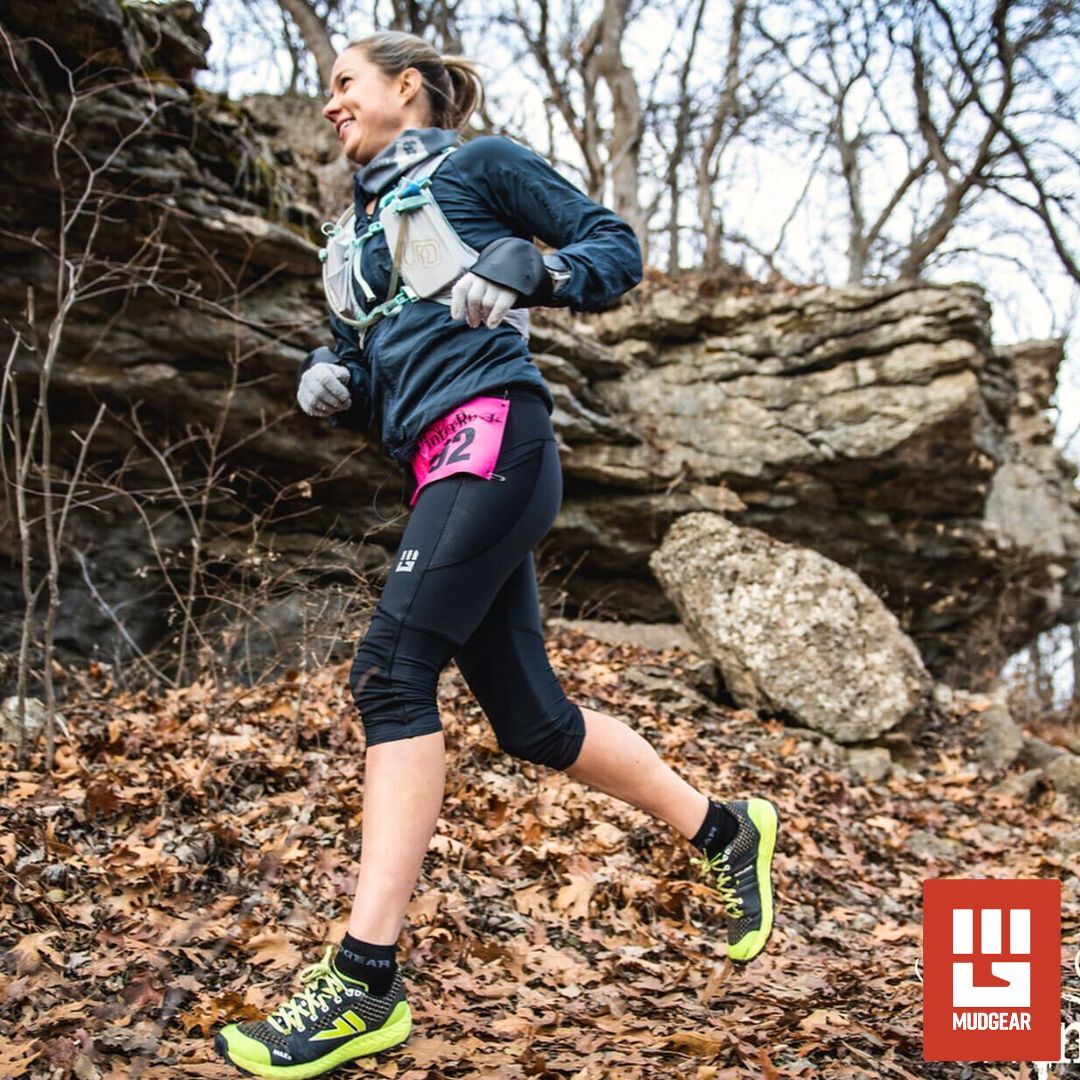
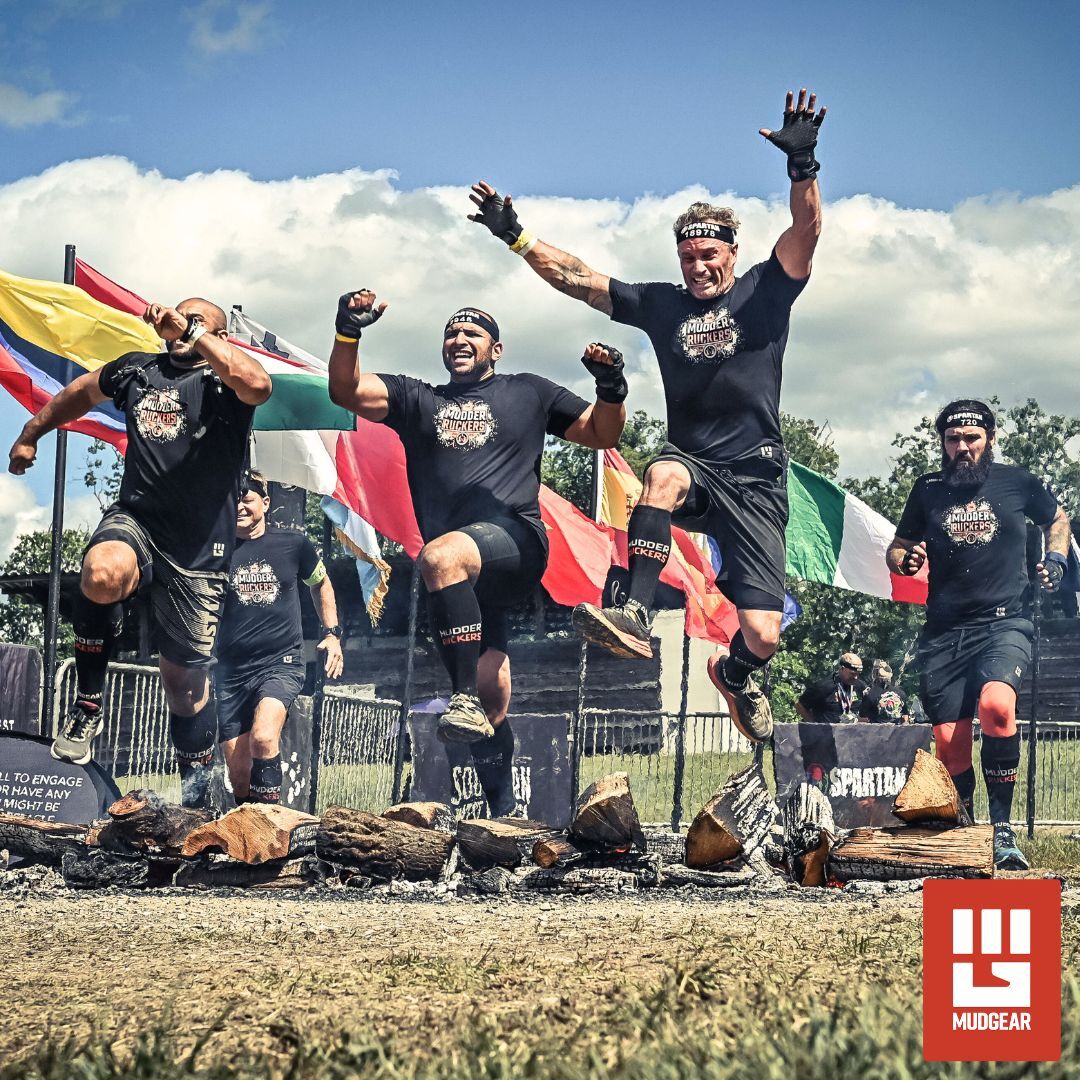
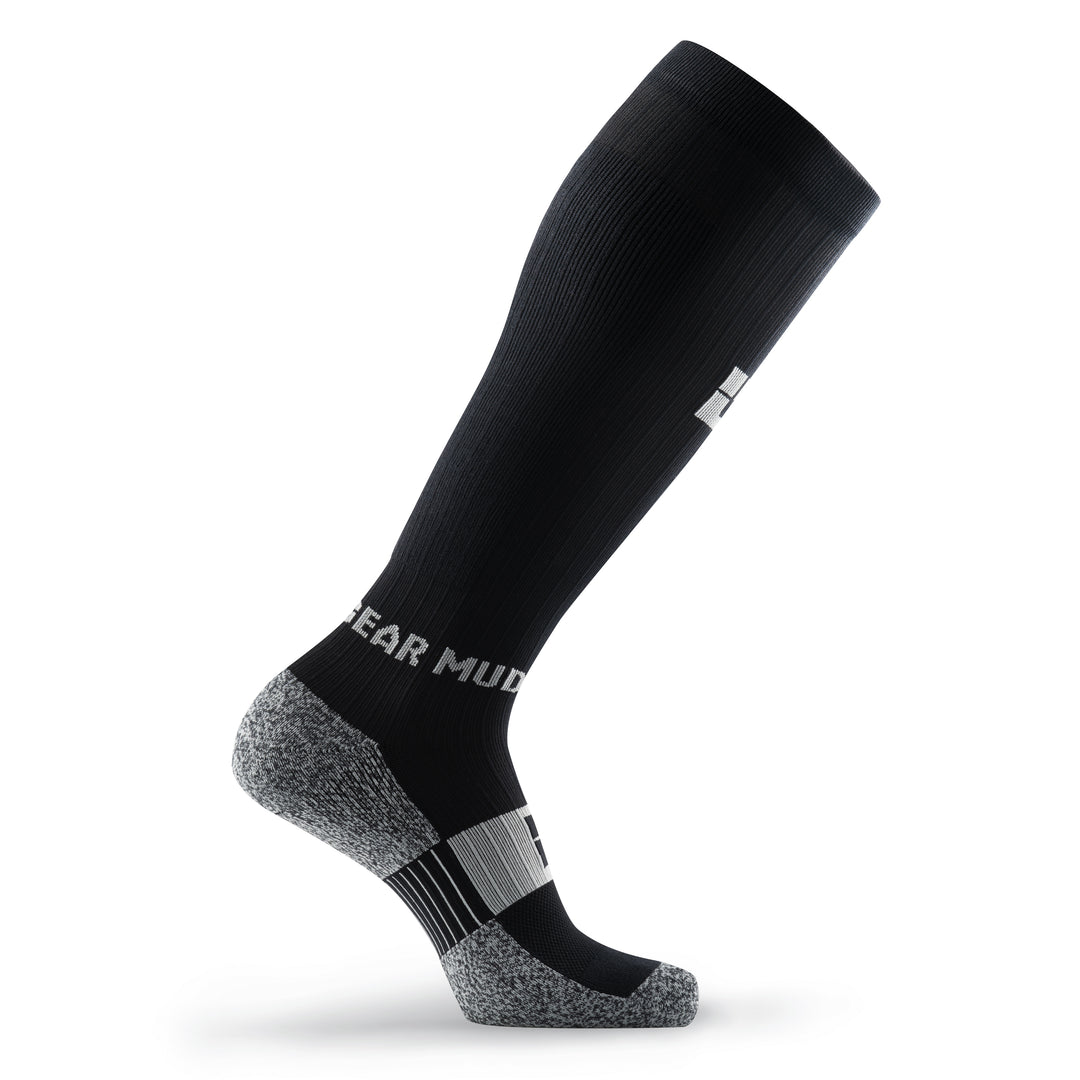
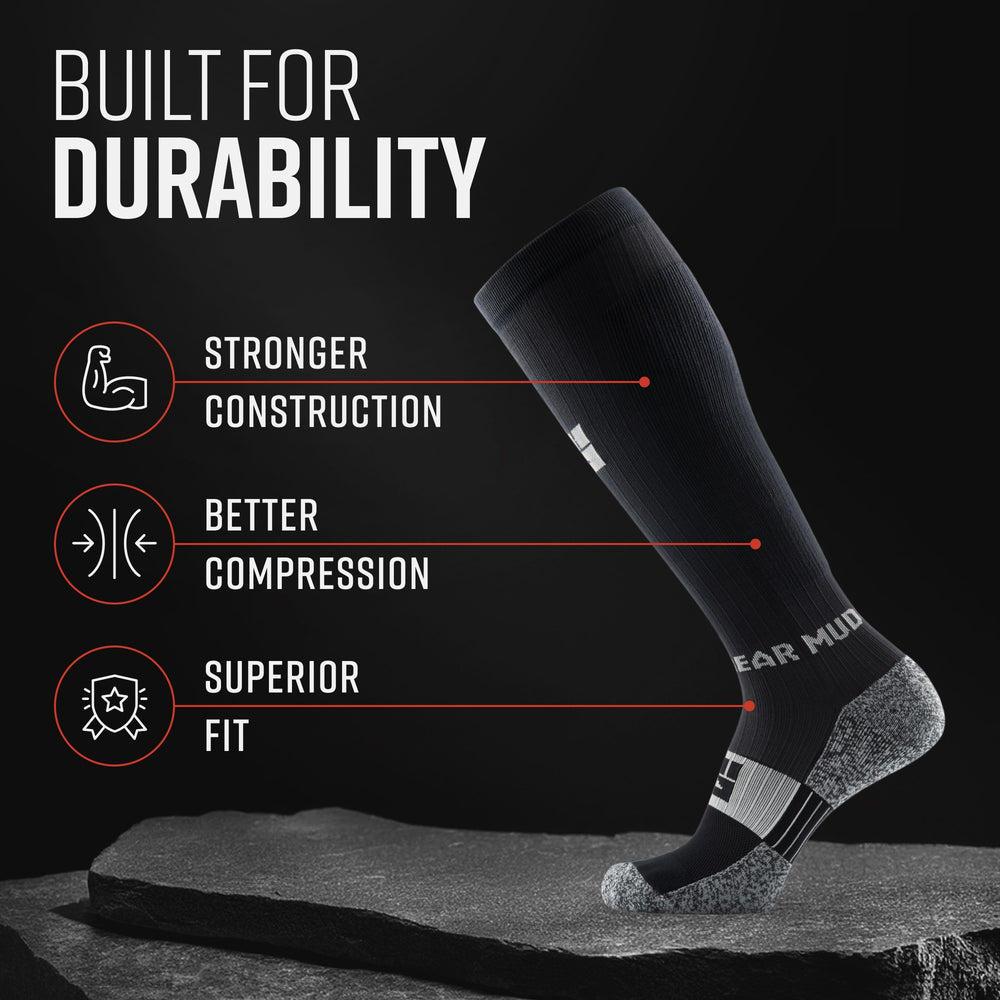
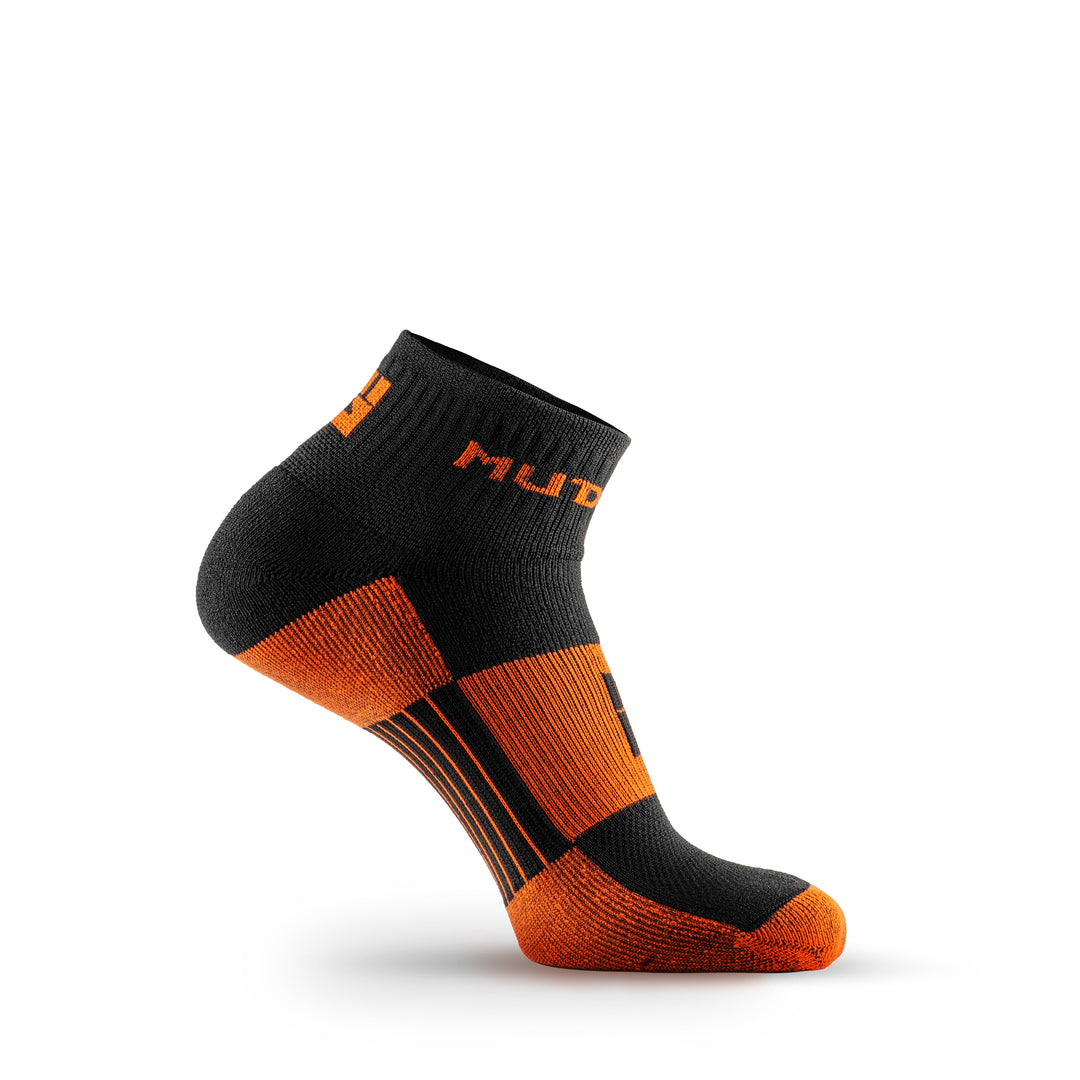




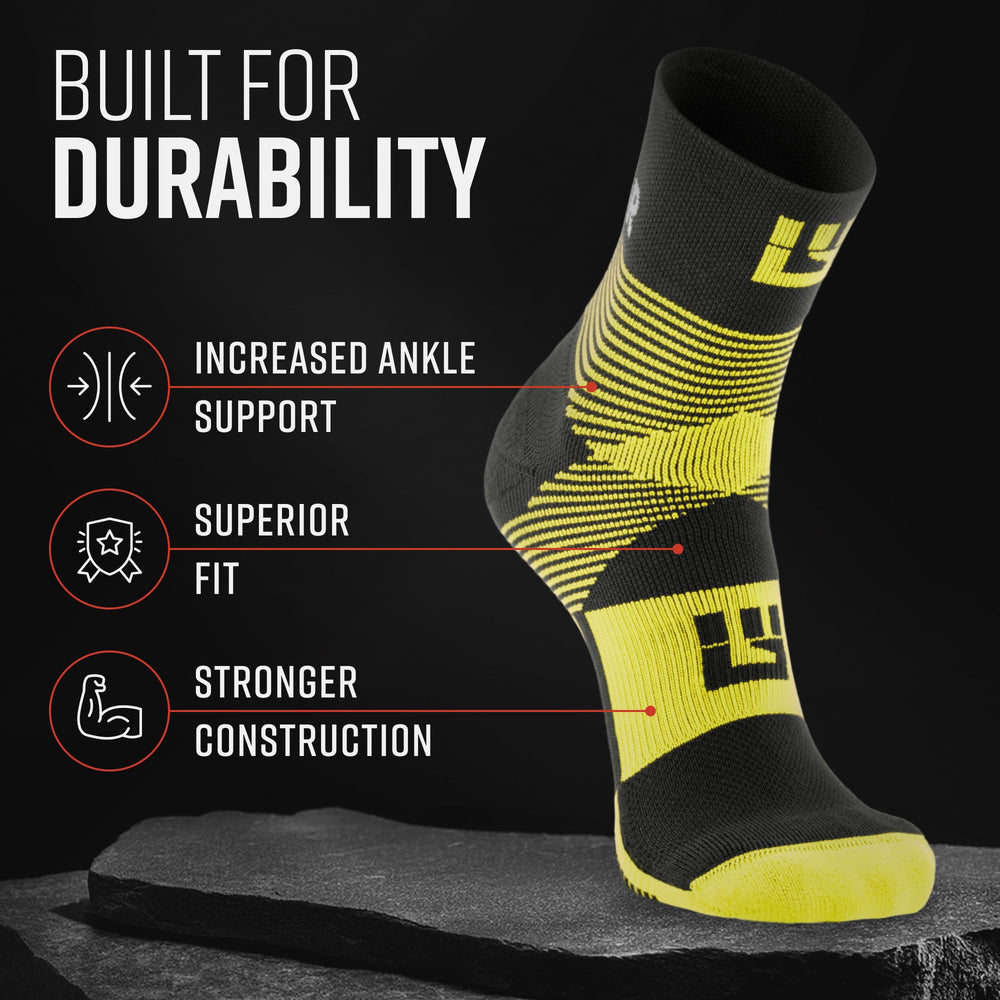

Leave a comment